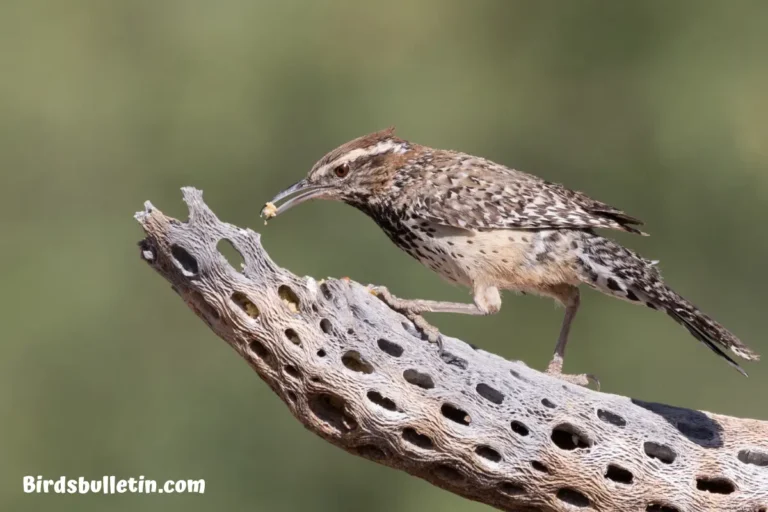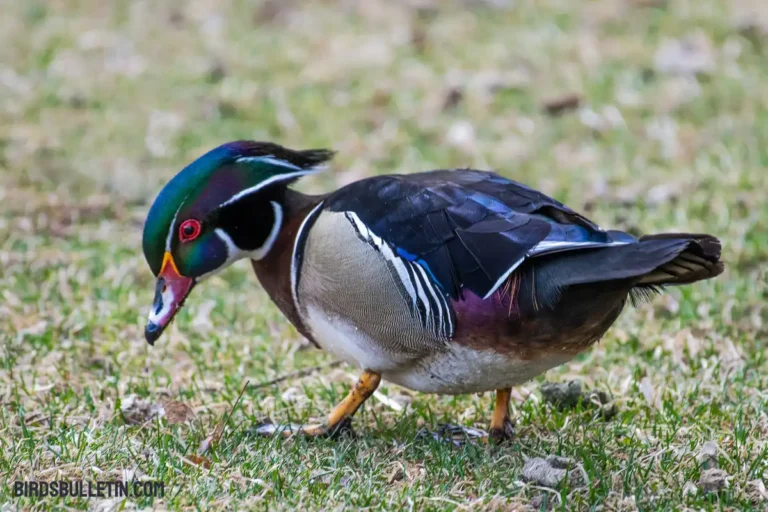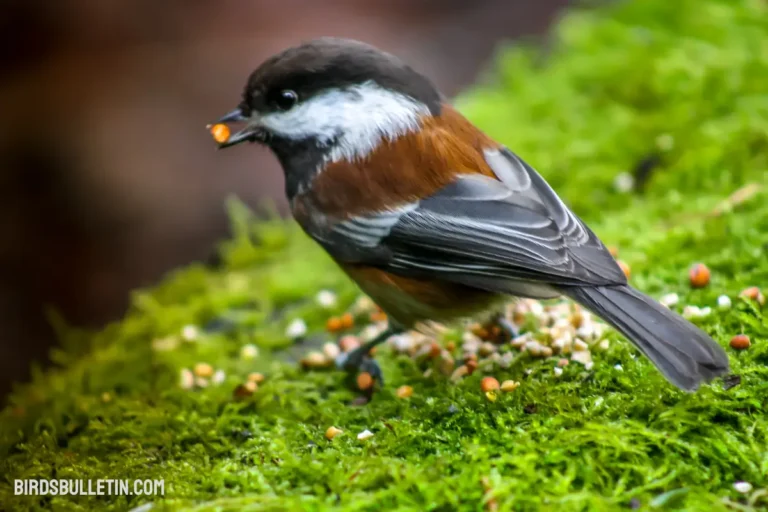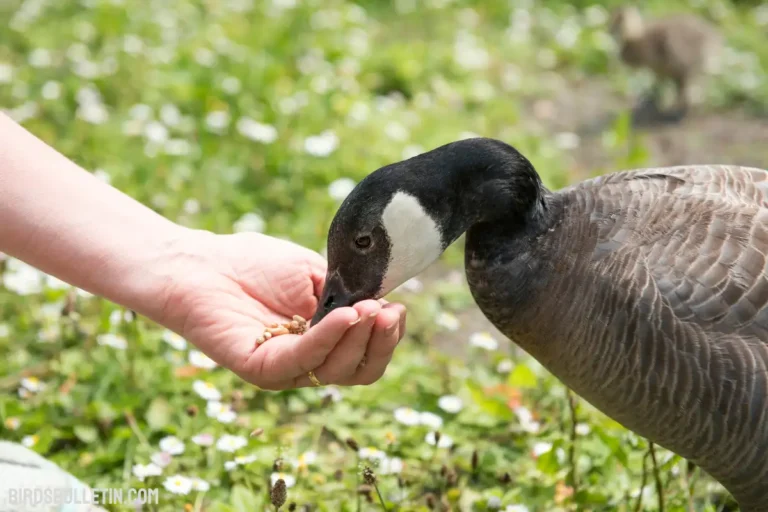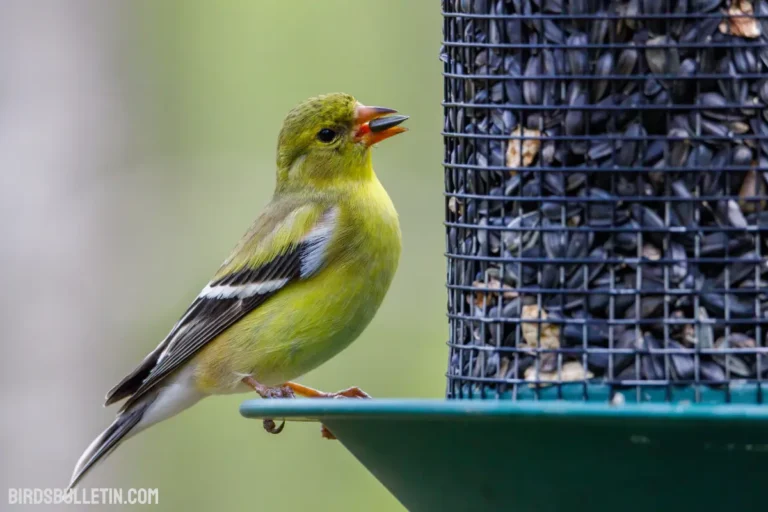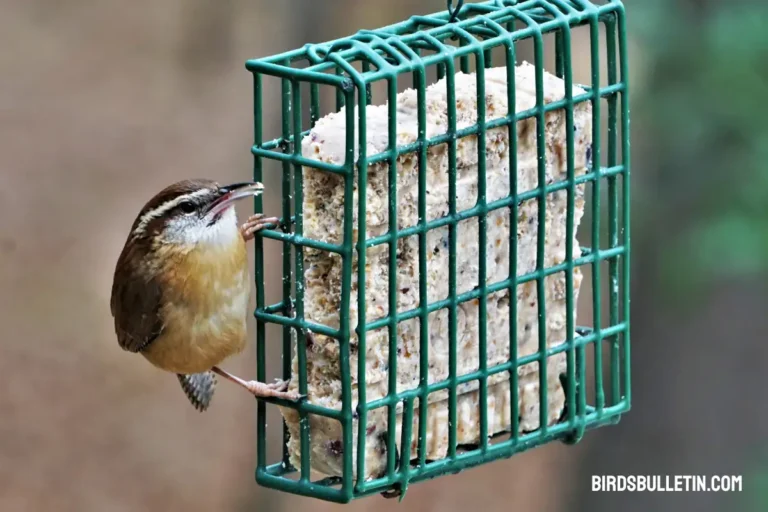What Does Guam Rail Eat?
The Guam rail is a flightless bird endemic to the island of Guam. With plumage ranging from purple-blue to brown, this rare forest rail has adapted its foraging abilities to the native habitats of its small island home. Though extinct in the wild, understanding the Guam rail’s specialized diet provides insights into its evolutionary niche as Guam’s only native rail.
Foraging primarily on the ground, the Guam rail utilizes its long bill to probe through leaf litter and capture invertebrate prey. Its diet shifted between wet and dry seasons, taking advantage of seasonal abundances of different food sources.
Parents also supplied growing chicks with protein-rich animal foods for the protection of dense undergrowth. Learning about the Guam rail’s foraging strategies and food preferences reveals the dietary adaptations of this unique island bird.
Want to learn more about birds’ food and diet:
Favorite Guam Rail Foods
The flightless Guam rail found sustenance through foods it could capture on the ground within the island’s forests. Favorite foods included:
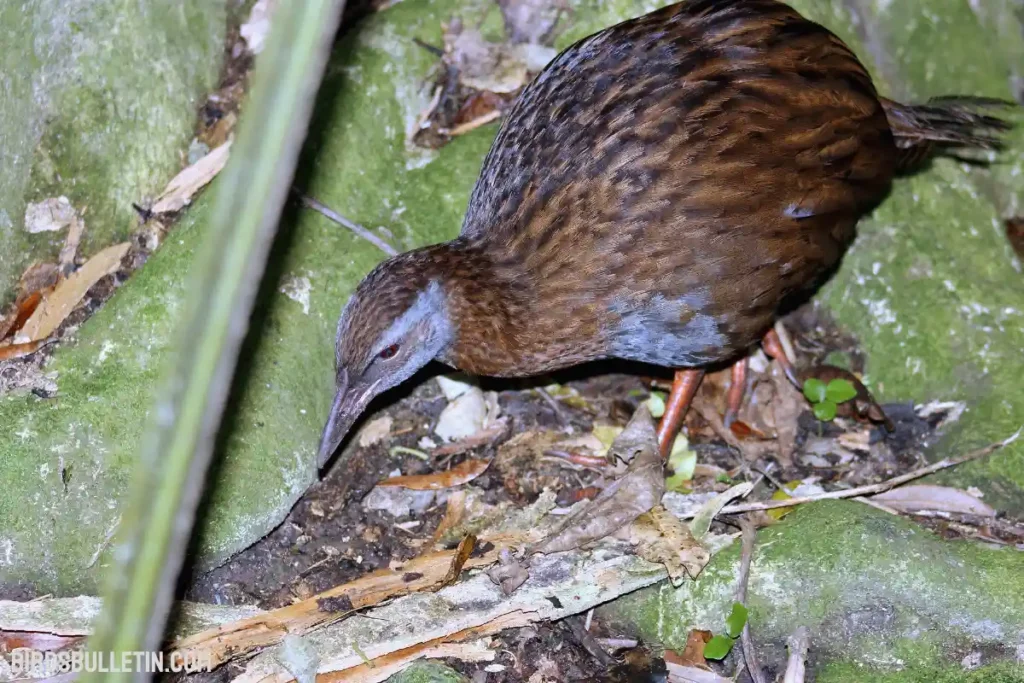
| Food Type | Examples |
|---|---|
| Invertebrates | Beetles, moth larvae, spiders, worms, snails |
| Crustaceans | Hermit crabs, shrimp, coconut crabs |
| Small vertebrates | Skinks, geckos |
| Plant material | Seeds of sedges/grasses, fruits |
Invertebrates like beetles, moth larvae, snails, and hermit crabs provided the bulk of their protein intake. Forest fruits supplemented their diet when available. The rails opportunistically preyed on small vertebrates like lizards for additional nutrients.
How Guam Rails Gather Food?
Guam rails employ particular foraging methods suited to capturing prey on the ground:
Walking/running- Use legs to deliberately walk through the habitat, pausing to probe into litter and dirt.
Digging – Dig through the softer substrate with legs and long toes in search of invertebrates.
Striking – Rapidly strike out with a bill to capture observed prey on the ground.
Probing – Carefully probe bill into holes, crevices, and under debris to find hidden invertebrates.
Scratching – Scratch backward with feet to uncover prey under the dirt and leaf litter.
Gleaning – Pick up fruits directly from low branches and small plants while walking.
What Does Guam Rail Eat in the Winter?
Guam rails take advantage of prey abundances associated with Guam’s wet season from July to November:
- Snails and slugs emerge with moisture, providing abundant food.
- Moth and beetle larvae are common as insects breed.
- Hermit crabs are active and shells are easier to crush when soft from rains.
- Seeds and fruits become available from wet-season flowering and fruiting.
More time is spent foraging during wet months to capitalize on readily available foods.
What Do Guam Rail Babies Eat?
Chicks grow rapidly on a protein-rich diet provided by both parents. Foods fed to nestlings include:
- Caterpillars and beetle larvae
- Spiders
- Worms and grubs
- Small skinks and geckos
- Pieces of crab meat
Parents gather chicks’ preferred foods within the vicinity of the ground nest. Up to six feedings per hour have been observed. Chicks likely consume insects unavailable to the wider rail population due to their limited mobility.
Frequently Asked Questions
01. Are Guam Rails strictly carnivorous or do they consume plant matter too?
Guam Rails are omnivores, meaning they consume both animal and plant matter. While their diet predominantly consists of insects and small reptiles, they also enjoy fruits and various seeds.
02. Do Guam Rails migrate to find food sources?
No, Guam Rails are non-migratory birds. They remain in their native habitats throughout the year, relying on the resources available within their territory.
03. What do Guam rails drink?
Guam rails meet their water needs through moisture-rich foods, rainfall collection, and small water sources like puddles. They do not require standing water within their habitat.
04. How do rails swallow crab shells?
Guam rails ingest small pieces of crab shell and gravel to grind up food in their gizzard. The gizzard contractions crush shelled prey. The gravel acts as “teeth” to break down hard food items.
Conclusion
Specializing in probing leaf litter and dirt to catch forest invertebrates, the Guam rail was well-adapted to its island ecosystem prior to introduced threats. Their foraging behaviors reflect adaptations to hunt prey on the ground rather than fly above.
Understanding the interrelations between this endemic rail and its island food web underscores the impacts of ecosystem changes on native species and the importance of conservation efforts to protect them.
References
- Morton, J. M., Amidon, F.A., Elsberg, S.L. & Lopez, D. (2000). Food habits and protein quantification of Guam Rails, University of Guam Marine Lab.
- Savidge, J. A. (1987). Extinction of an island forest avifauna by an introduced snake. Ecology, 68(3), 660-668.
- U.S. Fish and Wildlife Service. (2009). Guam rail Gallirallus owstoni (=Rallus owstoni) 5-year review: summary and evaluation. Honolulu, HI.


